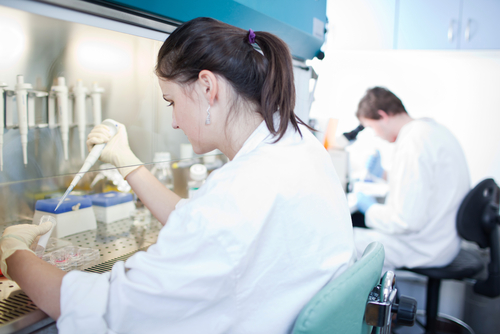Leading Canadian speciality pharmaceutical company, Knight Therapeutics, Inc., together with Ember Therapeutics, Inc., a New York-based privately held company specializing in therapies for osteoarthritis, kidney fibrosis and other indications using Bone Morphogenetic Protein (BMP)-7, has just announced the former extended a secured loan worth $1 million along with equity commitments to Ember of up to $5 million. The two companies have also signed an exclusive distribution agreement for Ember’s BMP)-7 in Canada and other territories.
Joseph Hernandez, Executive Chairman of Ember’s Board of Directors, commented, “In Knight, we have found the perfect financial and strategic partner to ensure Ember realizes its goal of addressing the large unmet therapeutic needs of patients suffering from osteoarthritis and fibrotic diseases.”
“We are thrilled to partner with Ember, a fiery company seeking to unleash the powerful biology of BMP-7,” said Jonathan Ross Goodman, President and CEO of Knight.
BMP-7 plays a major role in the transformation of mesenchymal cells into bone and cartilage, and is therefore essential in bone homeostasis. This protein is extensively expressed in the brain, kidneys and bladder, and helps maintain nephron function and structural integrity thanks to its anti-fibrogenic activity.
According to a study published in the Journal of the American Society of Nephrology (JASN) conducted by Jason Stubbs, MD, Alan Yu, MB, BChir (The Kidney Institute at the University of Kansas Medical Center), and colleagues, among a population of 104 patients with CKD it was observed that the amount of the metabolite Trimethylamine-N-oxide (TMAO) (a major organic byproduct of metabolism of dietary nutrients choline and L-carnitine, by intestinal microbiota) was greater in patients with a higher degree of kidney damage. Previous research has shown that TMAO accumulated in the bloodstream leads to the production of cholesterol plaques in the arteries, which leads to heart failure. Moreover, TMAO exfretion occurs mainly through urine, and as such, improperly functioning kidneys (as in patients with CKD) lead to accumulation of the compound.

